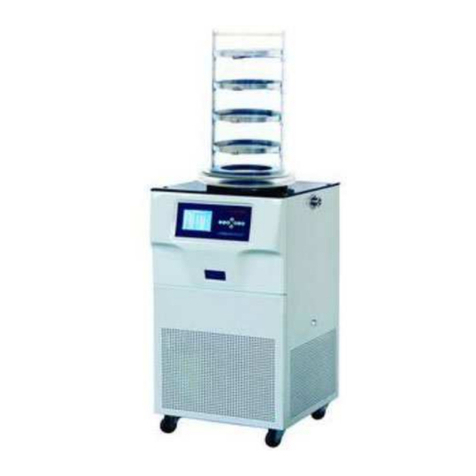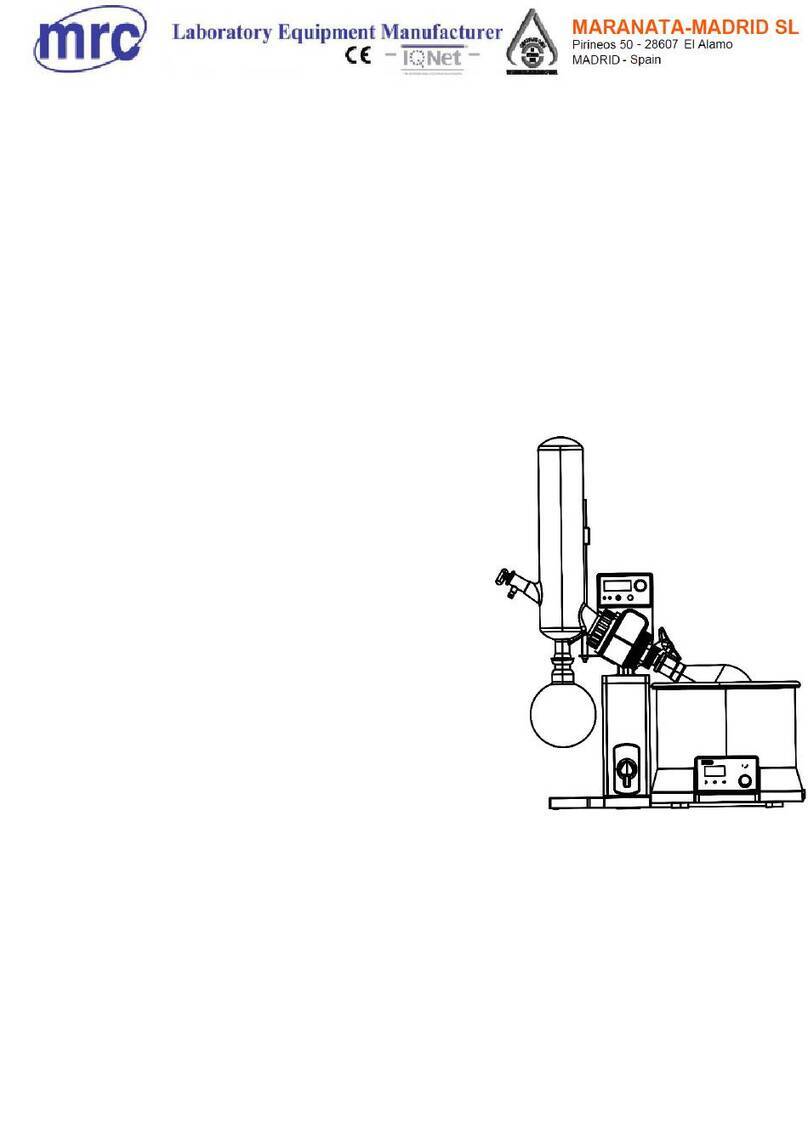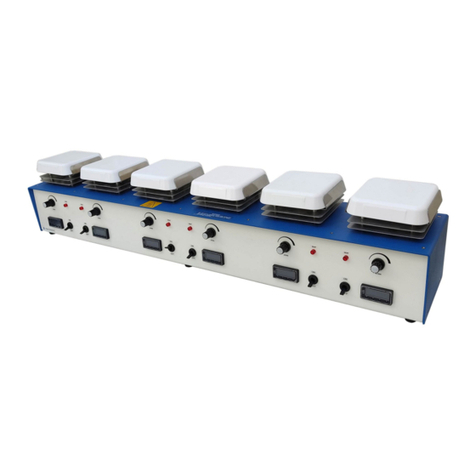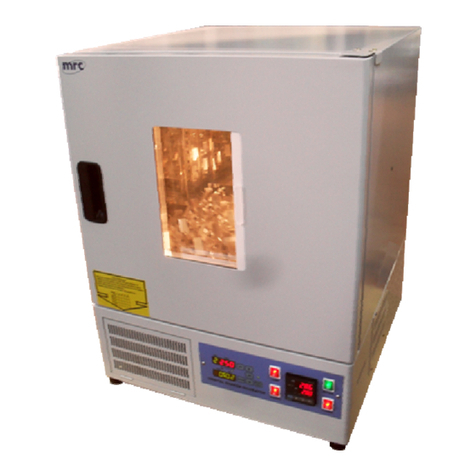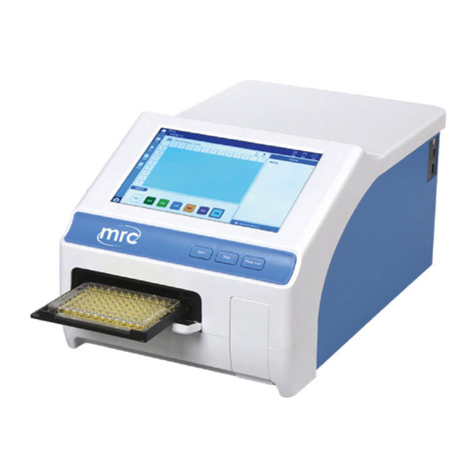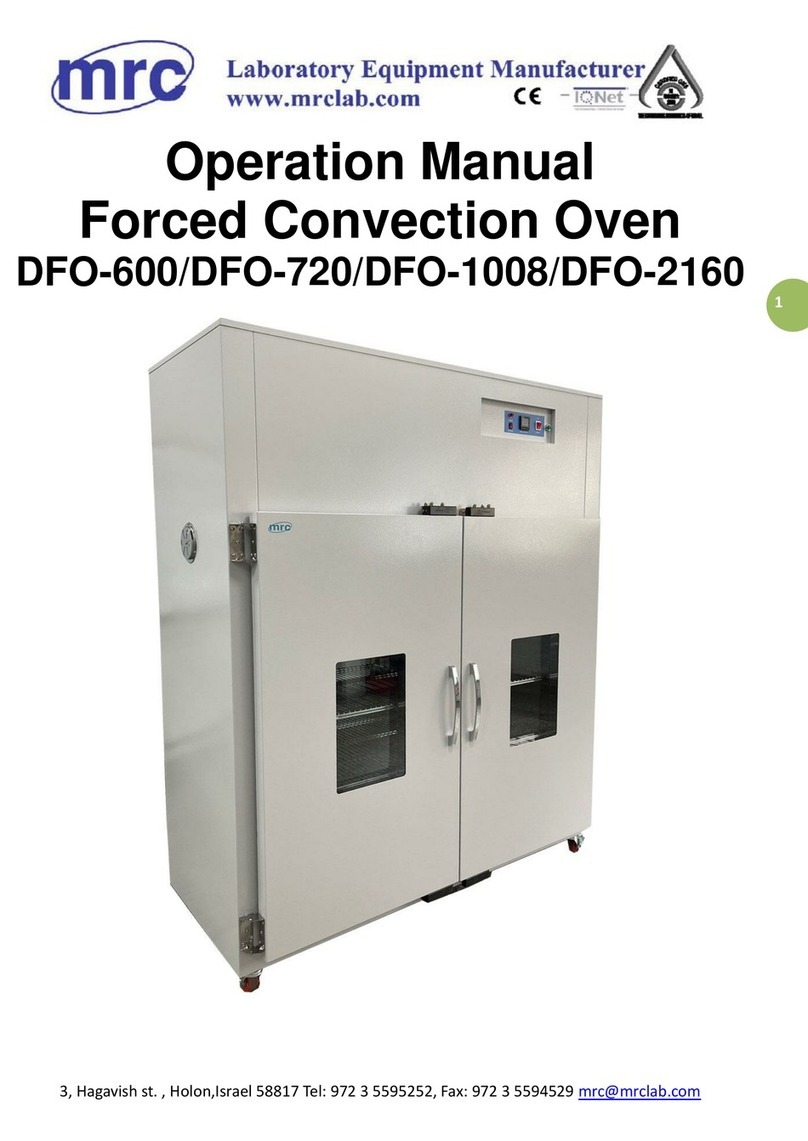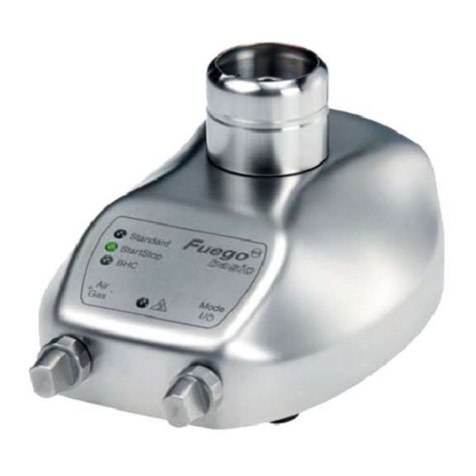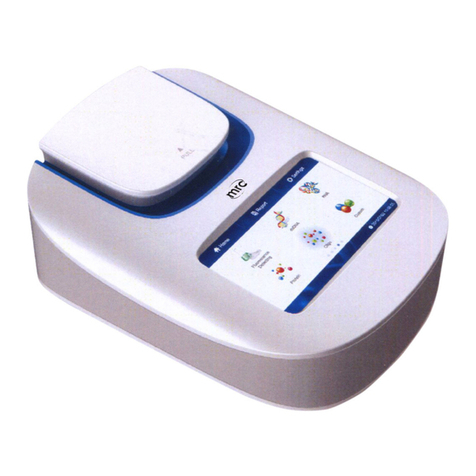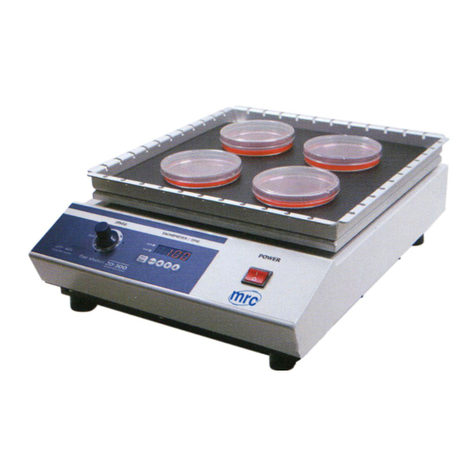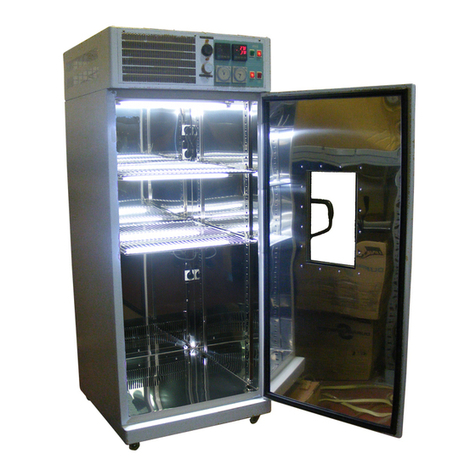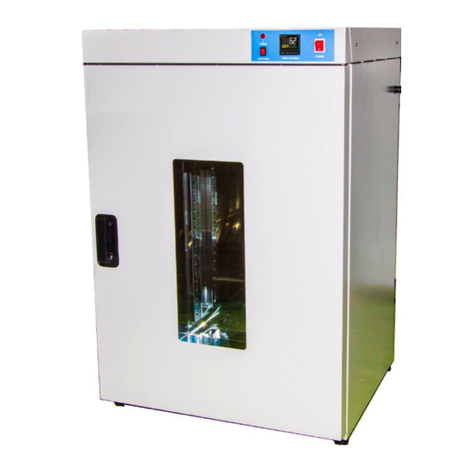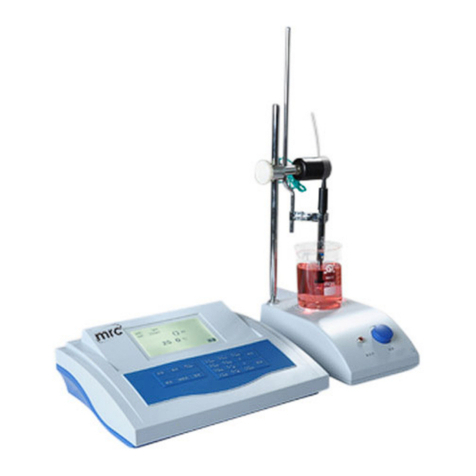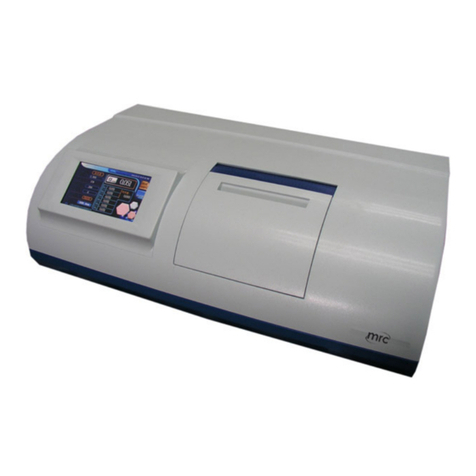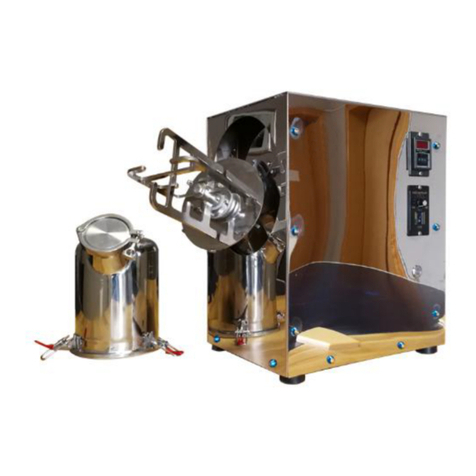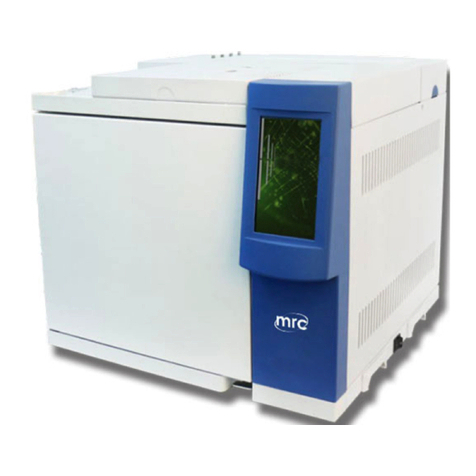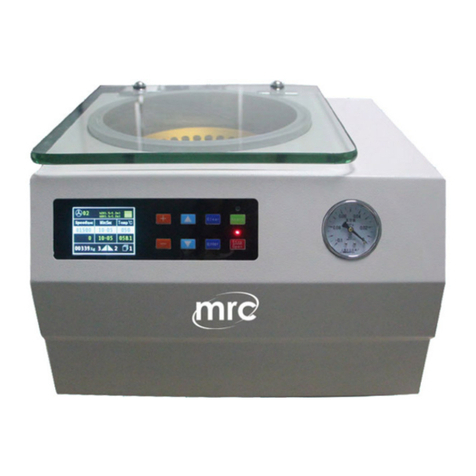4.3. Vacuum a aptions
Both, the detectors and the actuators, can be adapted for use in vacuum In case of the actuators, this is
possible for vacuum pressures down to 10-11 mbar But this is an extreme value In case you intend to
place some components in vacuum please let us know the conditions so that we can discuss and suggest
the required measures Some measures (choice of materials, cables, sealing) are mainly focussed to avoid
degassing and depend on the pressure Others are important to protect the components themselves
Notes:
•The controller itself should not be placed in vacuum
•The vacuum compatible detector does not have the LED displays on the backside That is why
additional intensity outputs are integrated into the control box
4.4. Optical filters
We usually integrate a pair of optical filters in front of each sensor They have a size of 11 9 x 11 9 mm2
and fit into the provided slot in the detector housing The filter which is further inside is optically denser
5. Installation an operation
A quick installation guide is part of the scope of delivery It explains how to start up the beam
stabilisation If you no longer have this guide, you can download it from our website or ask us to send it
In the following sections, we explain individual steps in more detail
The system operation can be described best with reference to figures 5 to 7 The top panel in figure 5
shows the keyboard and the position signal outputs for two pairs of detectors and actuators (stage 1 and
stage 2) Each stage can be started and stopped independently by pressing the Start/Stop button When
the stage is started the small LED in the top right corner of the button is shining The Range display
shows whether or not the steering mirrors are within the available capture range The Acti e LED is
shining whenever the control stage is active This is the case whenever the Start/Stop button has been
pressed and the laser power on the detectors has the right level
The Position outputs on the top panel can be used to read out the current position of the laser beam on
each detector (x and y)
Notes:
•Whenever the Start/Stop button is pressed (and the Acti e LED is on) the actuators start to move
from the zero position and then respond to the controller input
•If a Range LED is shining red, this does not automatically mean that the beam is not stable But
it indicates that no further tilt of the respective steering mirror is possible although it might be
necessary
•If the power on the detectors is too low the actuators are driven to the zero position (and the
Acti e LED is off) This is due to the low power switch off that was implemented for safety
reasons (see section 6 2)
Figures 6 and 7 show both sides of the control box with the connectors, the P factor adjustment and the
switches for the Directions and the Bandwidth selection The cables to the actuators are connected on the
left side The cables coming from the detectors are connected on the right side
The description of the adjustment and read-out of the P factor is given in section 5 8 The Directions
switches enable a coding of the x and y directions of each control stage They are connected with Det1
Manual - Beam Stabilisation System Compact version 14 – 14-March-2022 page 10 of 28








